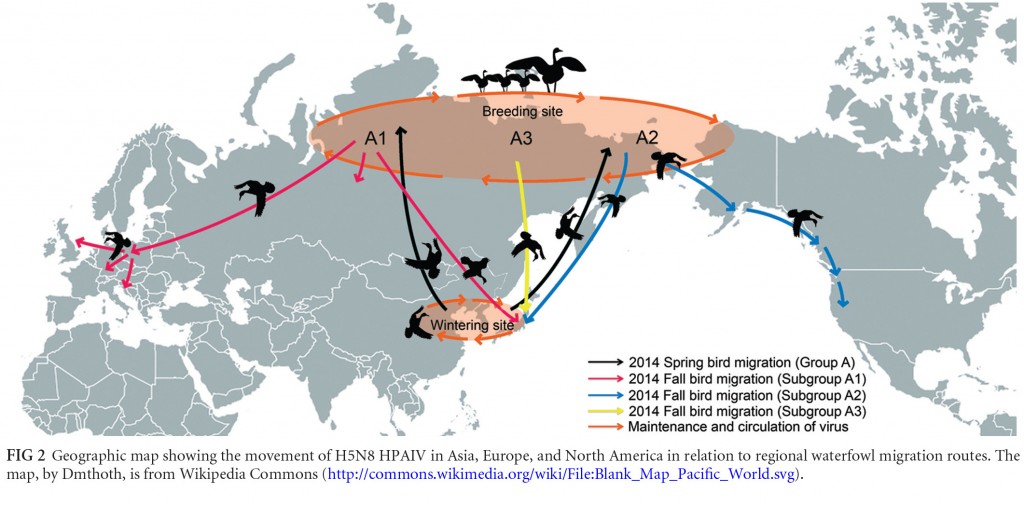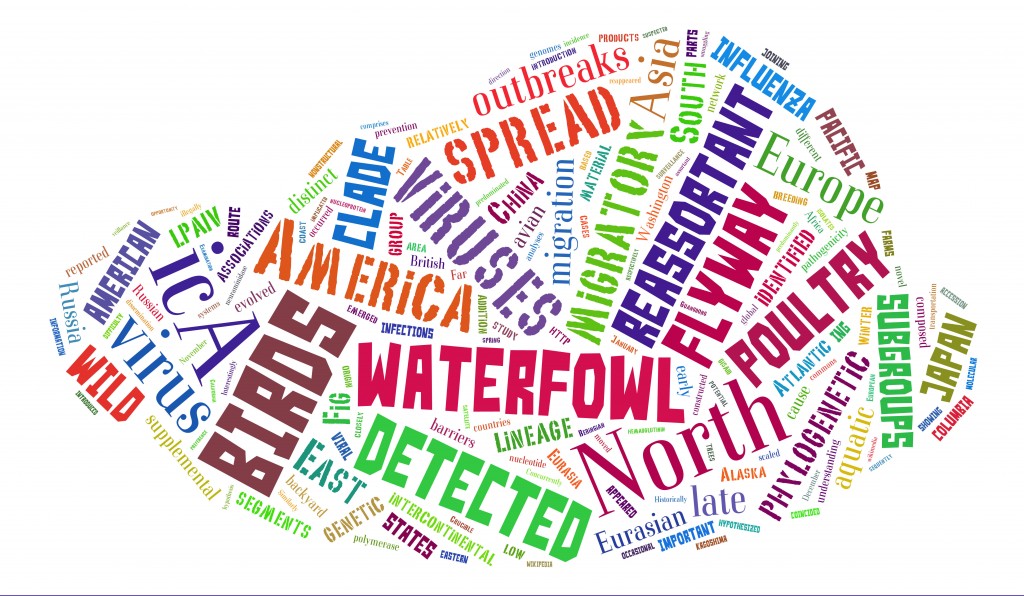Comments on 31st Alaska Checklist (see also Withrow et al. 2025)
Changes from the 30th Alaska Checklist (for a copy with status symbols, see the pdf version of this post):
►In Family Anatidae delete Anser serrirostris Tundra Bean-Goose and delete the English name Taiga Bean-Goose. Instead maintain Anser fabalis Bean Goose as a single, polytypic species [in which include subspecies A. f. serrirostris].
►In Family Columbidae add one species: Columba livia Rock Pigeon [introduced within Alaska].
►Re-order Family Charadriidae and reclassify and/or re-name four species:
Pluvialis squatarola Black-bellied Plover
Pluvialis apricaria European Golden-Plover
Pluvialis dominica American Golden-Plover
Pluvialis fulva Pacific Golden-Plover
Eudromias morinellus Eurasian Dotterel
Charadrius vociferus Killdeer
Charadrius hiaticula Common Ringed Plover
Charadrius semipalmatus Semipalmated Plover
Charadrius dubius Little Ringed Plover
Vanellus vanellus Northern Lapwing
Anarhynchus mongolus Siberian Sand-Plover
Anarhynchus alexandrinus Kentish Plover
Anarhynchus nivosus Snowy Plover
►In Family Scolopacidae delete one subspecies of Numenius phaeopus and add one species: Numenius hudsonicus Hudsonian Whimbrel. Re-name Numenius phaeopus Eurasian Whimbrel [with subspecies N. p. variegatus known in Alaska].
►In Family Scolopacidae emend the spelling of the specific epithet of Calidris pygmaea.
►In Family Procellariidae add one species: Pterodroma ultima Murphy’s Petrel.
►In Family Sulidae add one species: Sula brewsteri Brewster’s Booby [not Cocos Booby].
►Re-order Family Ardeidae and reclassify or re-name three species:
Botaurus lentiginosus American Bittern
Botaurus sinensis Yellow Bittern
Egretta tricolor Tricolored Heron
Egretta eulophotes Chinese Egret
Egretta garzetta Little Egret
Nycticorax nycticorax Black-crowned Night Heron [no hyphen]
Butorides virescens Green Heron
Ardeola bacchus Chinese Pond-Heron
Ardea alba Great Egret
Ardea intermedia Intermediate Egret [still a single species]
Ardea ibis Cattle Egret [still a single species]
Ardea cinerea Gray Heron
Ardea herodias Great Blue Heron
►In Family Accipitridae add one species: Pernis ptilorhynchus Oriental Honey-Buzzard.
►In Family Accipitridae, remove goshawks to their own genus: Astur gentilis Eurasian Goshawk and Astur atricapillus American Goshawk.
►In Family Accipitridae add one species: Accipiter nisus Eurasian Sparrowhawk.
►In Family Accipitridae add one species: Ictinia mississippiensis Mississippi Kite.
►In Family Turdidae delete one species: Turdus eunomus [and add one subspecies to Turdus naumanni Dusky Thrush: T. n. eunomus].
►In Family Motacillidae delete one subspecies of Anthus rubescens and add one species: Anthus japonicus Siberian Pipit.
►In Family Fringillidae delete one species: Acanthis hornemannni Hoary Redpoll [and maintain three subspecies of Acanthis flammea Redpoll—A. f. flammea, A. f. hornemanni, and A. f. exilipes].
►In Family Calcariidae delete one species: Plectrophenax hyperboreus McKay’s Bunting [and maintain three subspecies of Plectrophenax nivalis Snow Bunting—P. n. nivalis, P. n. hyperboreus, and P. n. townsendi].
Withrow, J., D. D. Gibson, and K. Winker. 2025. Checklist of the avian diversity of Alaska: Subspecies, breeding status, and taxonomy. Bulletin of the American Ornithologists Union 1:1-61.


